How To Choose A Filter System Camera ?
When choosing a filter system camera, there are a few factors to consider. First, consider the type of photography you will be doing and the types of filters you will need. For example, landscape photographers may want a system that can accommodate graduated neutral density filters to balance exposure between the sky and foreground.
Next, consider the size and weight of the filter system. Some systems can be bulky and heavy, which may not be ideal for travel or outdoor photography.
Also, consider the compatibility of the filter system with your camera and lenses. Some systems may require specific adapters or mounts to work with certain cameras or lenses.
Finally, consider the cost of the filter system and whether it fits within your budget. Some systems can be quite expensive, but may offer higher quality filters and more versatility.
1、 Sensor size and type

How to choose a filter system camera? One of the most important factors to consider is the sensor size and type. The sensor is the part of the camera that captures the image, and its size and type can greatly affect the quality of the photos.
Sensor size refers to the physical dimensions of the sensor, usually measured in millimeters. Generally, larger sensors produce better image quality, especially in low light conditions. Full-frame sensors, which are the same size as a 35mm film frame, are considered the gold standard for professional photographers. However, they can be quite expensive. APS-C sensors, which are smaller than full-frame but still larger than the sensors found in most point-and-shoot cameras, are a good compromise between cost and quality.
Sensor type refers to the technology used to capture the image. There are two main types of sensors: CCD and CMOS. CCD sensors are older and less common, but they tend to produce better image quality. CMOS sensors are newer and more common, and they are generally more efficient and produce less noise.
It's also worth considering the resolution of the sensor, which is measured in megapixels. While higher resolution sensors can produce more detailed images, they also require more storage space and can be slower to process.
In recent years, there has been a trend towards mirrorless cameras, which use electronic viewfinders instead of optical ones. These cameras tend to be smaller and lighter than traditional DSLRs, but they can still have large sensors and produce high-quality images.
Ultimately, the best camera for you will depend on your specific needs and budget. It's important to do your research and try out different cameras before making a purchase.
2、 Lens compatibility and availability
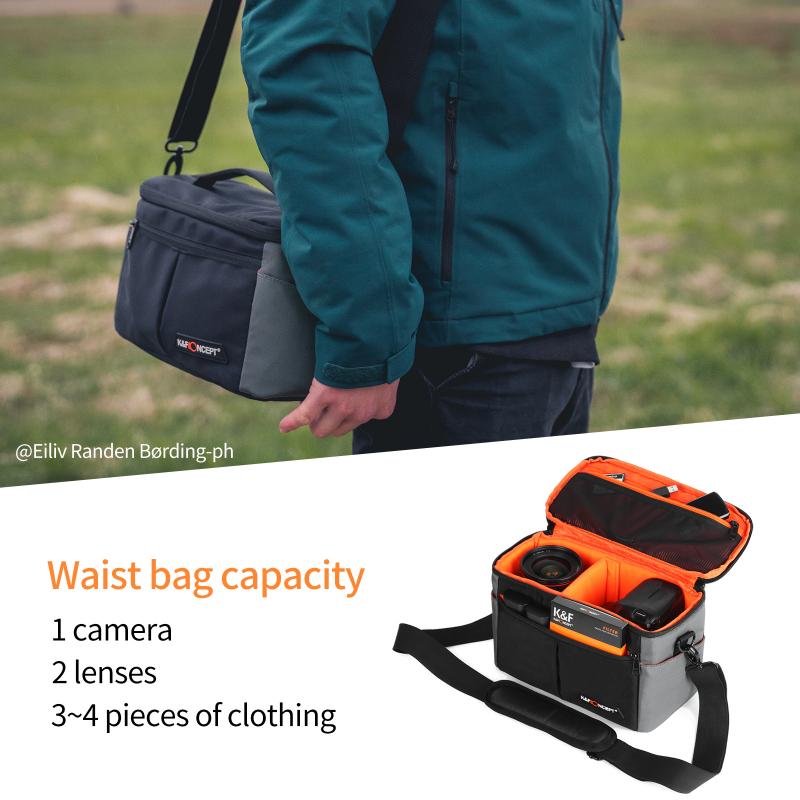
How to choose a filter system camera? One important factor to consider is lens compatibility and availability. When choosing a filter system camera, it is important to ensure that the camera body is compatible with a wide range of lenses. This will allow you to choose the best lens for your specific needs, whether you are shooting landscapes, portraits, or action shots.
In addition to compatibility, it is also important to consider the availability of lenses for your camera. Some camera brands have a wider range of lenses available than others, which can make it easier to find the perfect lens for your needs. It is also important to consider the quality of the lenses available, as this can have a significant impact on the quality of your photos.
The latest point of view on lens compatibility and availability is that many camera manufacturers are now offering mirrorless cameras, which have a wider range of lens options than traditional DSLRs. Mirrorless cameras are also smaller and lighter, making them more portable and easier to use for travel and outdoor photography.
Overall, when choosing a filter system camera, it is important to consider lens compatibility and availability, as this can have a significant impact on the quality of your photos. By choosing a camera with a wide range of lenses available, you can ensure that you have the flexibility to capture the perfect shot in any situation.
3、 Image stabilization technology
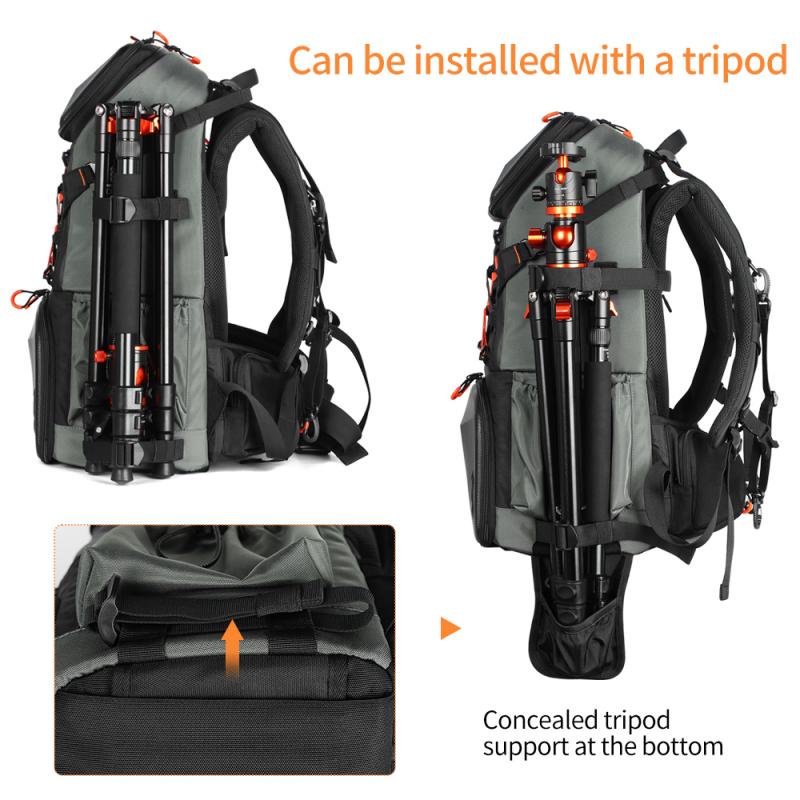
How to choose a filter system camera:
When choosing a filter system camera, there are several factors to consider. One of the most important is the type of filter system that the camera uses. There are several different types of filter systems available, including screw-on filters, drop-in filters, and square filter systems. Each type of filter system has its own advantages and disadvantages, so it is important to choose the one that best suits your needs.
Another important factor to consider when choosing a filter system camera is the quality of the lens. A high-quality lens will produce sharper, clearer images with better color accuracy and contrast. Look for lenses with a wide aperture and a high-quality glass construction.
Image stabilization technology:
Image stabilization technology is another important factor to consider when choosing a filter system camera. This technology helps to reduce camera shake and blur, resulting in sharper, clearer images. There are two main types of image stabilization technology: optical and digital.
Optical image stabilization uses a system of lenses and sensors to detect and compensate for camera shake. This technology is typically found in high-end cameras and lenses and is very effective at reducing camera shake.
Digital image stabilization, on the other hand, uses software algorithms to reduce camera shake. While this technology is less effective than optical image stabilization, it is still a useful feature to have in a camera.
In recent years, some cameras have also started to incorporate hybrid image stabilization technology, which combines both optical and digital stabilization for even better results.
Overall, when choosing a filter system camera, it is important to consider the type of filter system, the quality of the lens, and the image stabilization technology. By taking these factors into account, you can choose a camera that will produce high-quality images with minimal camera shake and blur.
4、 Autofocus system and speed
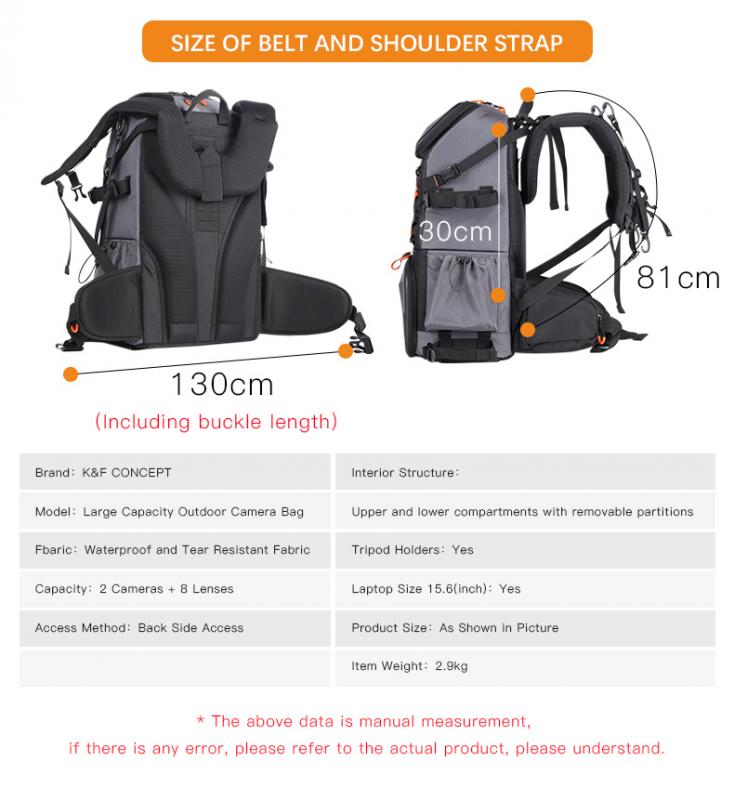
How to choose a filter system camera? One of the most important factors to consider is the autofocus system and speed. Autofocus is crucial for capturing sharp and clear images, especially when shooting fast-moving subjects. The speed of the autofocus system is also important, as it can affect the overall performance of the camera.
When choosing a filter system camera, it is important to look for a camera with a fast and accurate autofocus system. This will ensure that you can capture sharp and clear images, even when shooting in challenging lighting conditions or with fast-moving subjects. Some cameras also offer advanced autofocus features, such as face detection and tracking, which can be useful for portrait and action photography.
In addition to the autofocus system, it is also important to consider the speed of the camera. A fast camera can help you capture fleeting moments and ensure that you don't miss any important shots. Look for a camera with a fast burst rate and quick startup time, as well as a high-speed memory card to ensure that you can capture and store images quickly.
Finally, it is important to keep up with the latest developments in camera technology. New autofocus and speed features are constantly being developed, so it is important to stay informed and choose a camera that offers the latest advancements. By considering these factors, you can choose a filter system camera that will help you capture stunning images with ease.


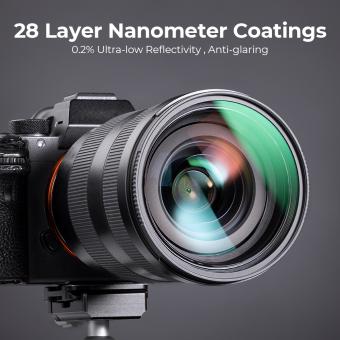








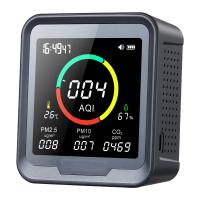


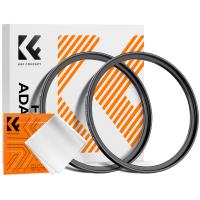






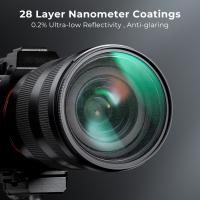

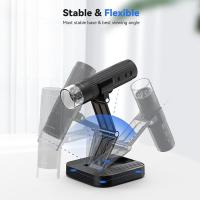
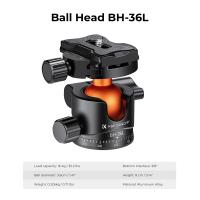





There are no comments for this blog.